The conditions for a storm to be named are that it must have a vortex at the beginning of its appearance and have a wind speed of 63 km/h or more. The list of storm names is proposed by the National Meteorological and Hydrological Services (NMHSs) of WMO members in a particular region. Then, the corresponding regional agency approves it at its annual or biennial sessions.
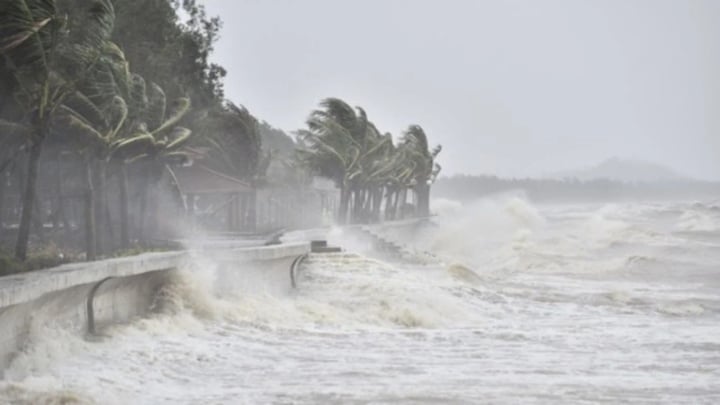
Storms that make landfall always have specific names.
Why do storms have names?
Before the 1950s, Atlantic hurricanes were often named very simply. People would name them according to the order in which they occurred during the year. However, people later discovered that naming like that was ineffective and extremely inappropriate. Especially when storms appeared at the same time, many meteorologists had a lot of trouble analyzing and discussing them.
So, in 1953, the U.S. National Weather Service began using a list of female names to name storms. The order was alphabetical. By 1978, people began using male names to name many storms. A year later, the policy of using both male and female names was established.
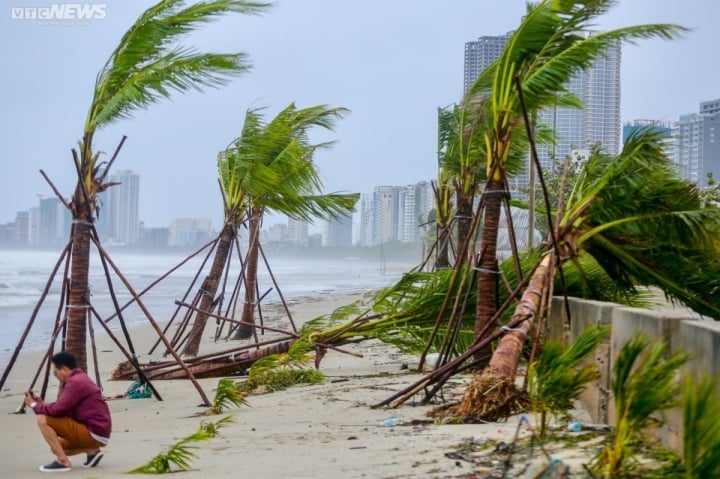
Naming a storm helps meteorologists easily identify and analyze the situation of that storm.
Currently, the Atlantic Ocean has 6 lists of storm names and they are used on a rotation basis. That means the list of storm names used in 2017 will be used again in 2023. In case the storms move from one ocean to another, their names will also change according to the regulations of each region.
Because each ocean in the world has its own list of storm names. In the Northwest Pacific , storms are named after animals or flowers. In the Western Pacific (14 countries), storm names rotate through 5 lists, and each country can register 10 names.
Many storm names were removed after passing through the areas.
According to WMO, the international names of storms in Vietnam registered include: Son Tinh, Co May, Ba Vi, Con Son, Son Ca, Tra Mi, Ha Long, Vam Co, Song Da, Sao La. Meanwhile, China registered the following names for storms: Long Vuong (replaced by Hai Quy), Ngo Khong, Ngoc Tho, Hai Yen, Phong Than, Hai Than, Do Quyen, Dien Mau, Hai Ma and Hai Duong.
There is no specific rule that limits the number of names a storm can have in a year. The names are assigned in order from top to bottom. For example, after Typhoon Sonca, the next storm in the northwest Pacific Ocean will be named Nesat.
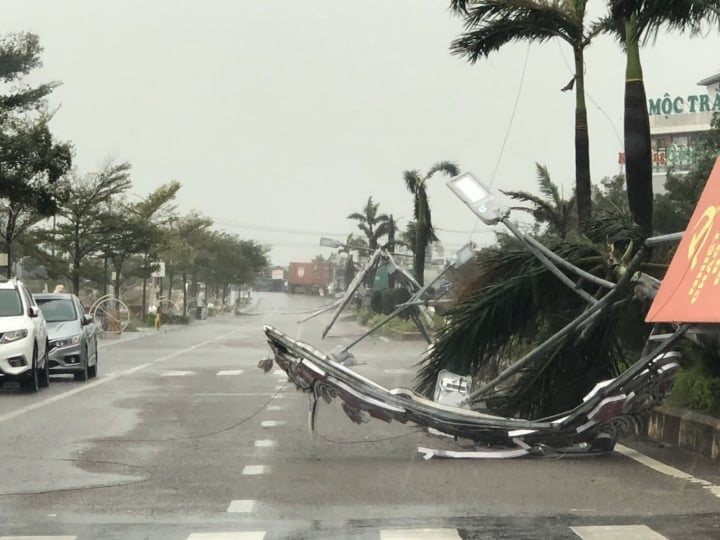
Hurricanes often leave behind a lot of damage.
When they cause severe damage to the area they pass through, these storms will be removed from the list. For example, South Korea once proposed to remove the name of typhoon Saomai (nominated by Vietnam) from the list of typhoon names because it caused serious consequences for South Korea. Vietnam also proposed to remove the name of typhoon Chanchu, given by South Korea, because it caused serious consequences for Vietnam.
Many other famous storm names such as Mangkhut (Philippines, 2018), Irma and Maria (Caribbean, 2017), Haiyan (Philippines, 2013), Sandy (USA, 2012), Katrina (USA, 2005), Mitch (Honduras, 1998) and Tracy (Darwin, 1974) were also removed from the list by WMO for the above reason.
Tuyet Anh (Source: Synthesis)
Useful
Emotion
Creative
Unique
Wrath
Source





![[Photo] Students of Binh Minh Primary School enjoy the full moon festival, receiving the joys of childhood](https://vphoto.vietnam.vn/thumb/1200x675/vietnam/resource/IMAGE/2025/10/3/8cf8abef22fe4471be400a818912cb85)
![[Photo] Prime Minister Pham Minh Chinh chairs meeting to deploy overcoming consequences of storm No. 10](https://vphoto.vietnam.vn/thumb/1200x675/vietnam/resource/IMAGE/2025/10/3/544f420dcc844463898fcbef46247d16)

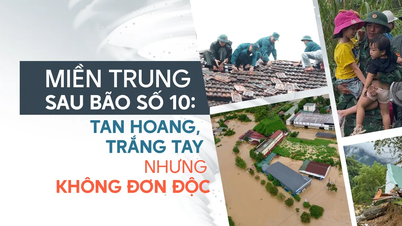



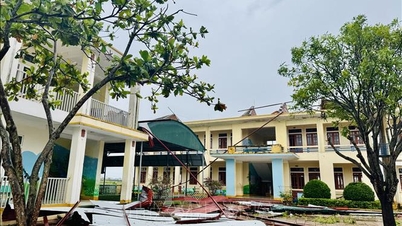

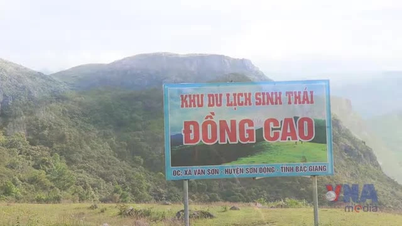






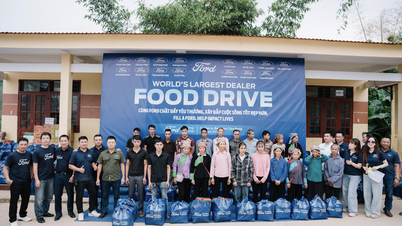









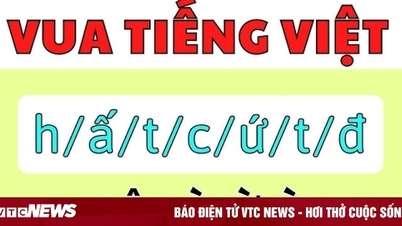


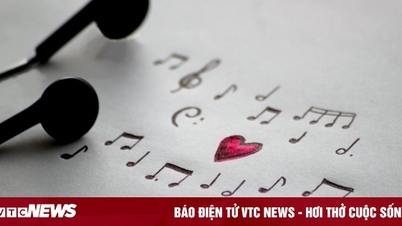













































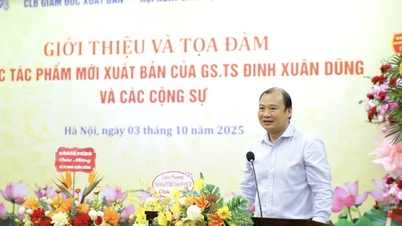

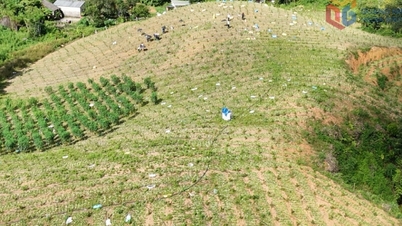

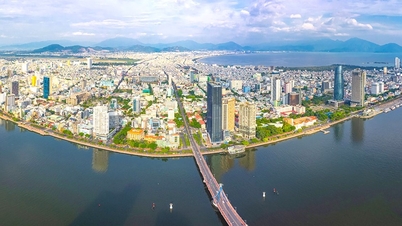



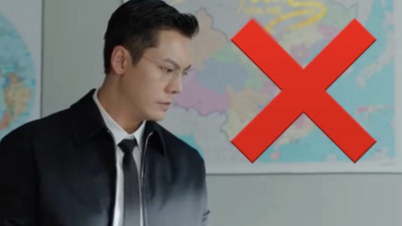


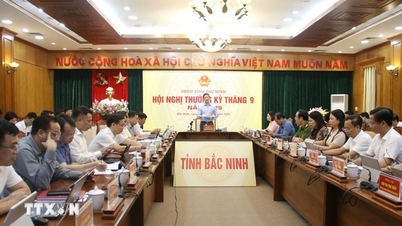












Comment (0)